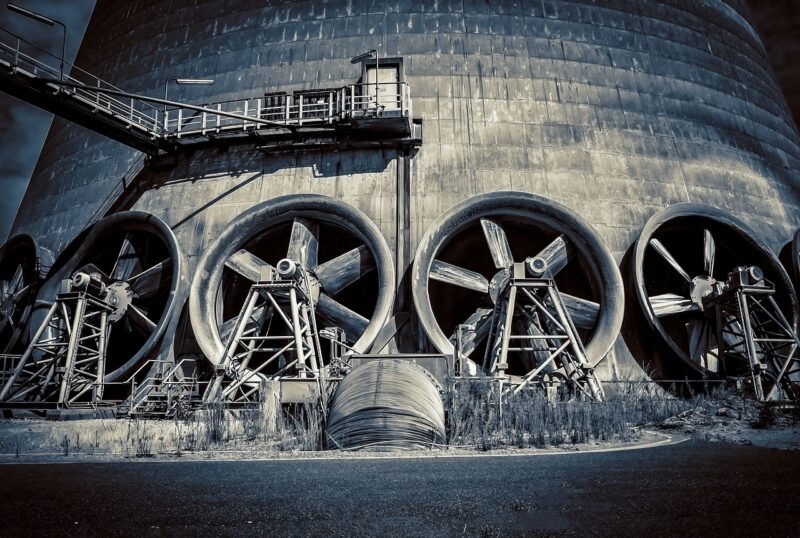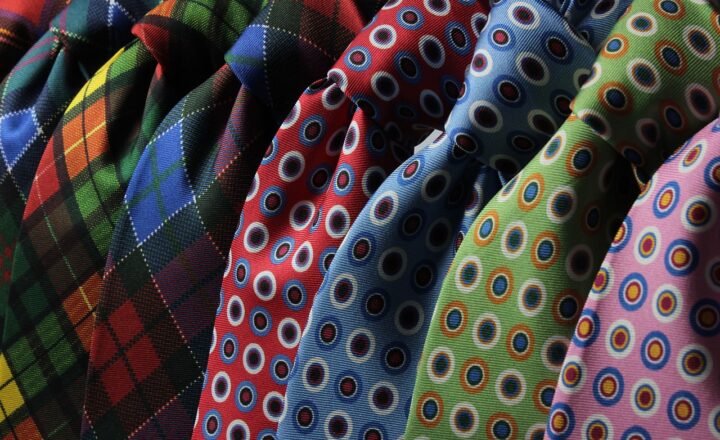How Zara’s Fast-Fashion Strategy Changed the Fashion Industry Forever
November 14, 2024

The fashion industry has undergone a dramatic transformation over the past few decades, and at the heart of this change lies Zara, the flagship brand of the Inditex Group. Founded in 1974 by Amancio Ortega and Rosalía Mera in Spain, Zara is synonymous with fast fashion—a model that has redefined shopping habits around the world. In this article, we’ll explore how Zara’s innovative fast-fashion strategy has revolutionized the fashion landscape, changing not only how consumers shop but also how retailers operate.
1. Understanding Fast Fashion
Fast fashion is a retail strategy that emphasizes rapid production and distribution of clothing to meet the latest trends at affordable prices. This model allows retailers to respond quickly to changing fashion trends, producing new styles in as little as two weeks. Zara’s approach to fast fashion stands out due to several key features:
- Speed of Production: Zara can design, manufacture, and deliver products to stores in record time, enabling them to introduce new styles weekly instead of seasonally.
- Limited Production Runs: By producing small quantities of each item, Zara creates a sense of urgency among consumers, leading to quicker purchases and reducing unsold inventory.
- Focus on Consumer Feedback: The company actively collects customer feedback and sales data, allowing them to adapt their offerings to what consumers want in real-time.
Zara’s fast fashion model allows it to stay ahead of competitors and maintain consumer interest by consistently introducing new designs.
2. The Global Impact of Zara’s Model
Zara’s successful fast-fashion strategy has had meaningful implications on both the global market and consumer behavior:
A. Accessibility and Democratization of Fashion
In the past, high fashion was often seen as exclusive and reserved for a wealthy few. Zara has democratized fashion, making trendy styles accessible to the mass market. This shift not only changed where people shop but also how they perceive fashion. Consumers have come to expect high-quality, fashionable garments at lower prices, leading to greater demand for affordable options across the industry.
B. Influence on Industry Standards
Zara’s success has led other retailers to adopt similar fast-fashion methodologies. Brands like H&M, Forever 21, and Uniqlo have emulated Zara’s rapid production and distribution strategies, fueling a competitive marketplace focused on speed over permanence. The result has been a fashion landscape where trends cycle rapidly, often discouraging consumers from investing in quality pieces.
C. Environmental and Ethical Considerations
The fast-fashion model has raised significant concerns regarding its environmental impact. The sheer volume of clothing produced leads to increased waste, overproduction, and the depletion of resources. Unfortunately, many fast-fashion brands prioritize profit over sustainable practices, resulting in challenges such as unethical labor practices and negative environmental consequences. Zara, in response, has made commitments to sustainability and eco-friendly practices, aiming to strike a balance between operations and environmental responsibility.
3. The Role of Technology in Zara’s Strategy
Technology is integral to Zara’s operational success. Several technological innovations support its fast-fashion model:
- Inventory Management: Zara employs an advanced inventory management system that allows real-time tracking of stock levels across stores. This helps to prevent overstocking and reduces the risk of unsold items.
- Data Analysis and Insights: The company utilizes sales data and customer feedback to identify trends and consumer preferences. This data-driven approach leads to agile decision-making and minimizes production waste.
- Online Presence and E-commerce: Zara has successfully integrated its online and offline shopping experiences. Their user-friendly e-commerce platform reinforces its fast-fashion model by offering new collections that coincide with in-store launches, amplifying consumer engagement across channels.
Technology enables Zara to maintain a competitive edge, reinforcing its ability to deliver fresh styles promptly.
4. Consumer Behavior and Cultural Shifts
Zara’s influence extends beyond business; it has reshaped consumer behavior and cultural perceptions of fashion. Here are a few cultural shifts catalyzed by Zara:
A. The Rise of the Trend Cycle
With fast fashion, the time it takes for a trend to flourish has substantially decreased. Styles that were once characterized by seasonal trends now transition quickly from the runway to retail racks. This has led consumers to purchase items based on immediate desire rather than long-term consideration, fostering a throwaway culture in fashion shopping.
B. Social Media Influence
Zara exemplifies the interplay between fashion and social media. Consumers prefer the latest trends at lower price points, and social media influencers and platforms like Instagram have accelerated this demand. Zara’s strategic marketing often utilizes influencers to showcase new arrivals, driving rapid sales based on social media visibility.
C. Changing Definitions of Value
The definition of ‘value’ in fashion has shifted. Customers are increasingly influenced by the perceived value of trendy, up-to-date clothing at accessible prices. Fast fashion has changed consumer expectations concerning quality, price, and durability, favoring ephemeral products over classic wardrobe staples.
5. Conclusion: The Future of Fast Fashion
As the fashion industry continues to evolve, Zara remains a pivotal player in fast fashion. While the brand’s approach has successfully transformed consumer habits and the retail landscape, it faces rising scrutiny over sustainability and ethical practices.
To navigate these challenges, Zara will need to balance fast production with a commitment to responsible practices. The question now is—how will the brand adapt and innovate in the coming years while navigating the complexities of a rapidly changing industry?
Fast fashion is likely here to stay, but the conversation surrounding its impacts is only beginning.






